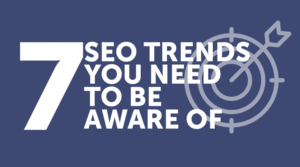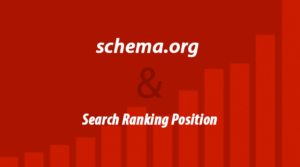Why Squeeze To Top 10 In Google While You Can Breathe A Bit More?

A picture is worth more than a thousand words – and that’s so helpful for bloggers. Images convey information implicitly. The information is spread very fast through images (think about Pinterest). For this cause, there are some dedicated social sharing sites as well which promote image posting and sharing. By embedding images in appropriate proportions and dimensions, your blog can attract more visitors.
Many-a-times visitors will not go through the entire text in a page rather pay attention to the image on the page and will drift into the text later. In other words, you can simply hook your readers through images. Content of a web page should be optimized to get traffic through search process – you know that already. Similarly, images should be optimized to get traffic from search engines.
Why should you bother about optimizing images? Here’s where it gets interesting. Compared to text listings (where only top 10 links are listed) image listing accommodates more number of images (up to 150). Websites owners have ample chance to win through image search.
Now let’s dive in to the practical part of the story.
Search importance
Google, the largest search engine on the planet has various means to track antecedents of images. Search for images will take place in the same way as it takes place for words. You can search for images through ‘Google Image Search’. The images displayed will be in tune with the keywords used for searching.
When you search for the term ‘notebook’, you will get a list of links in which notebook is used. You will be surprised to find notebook computers instead of physical notebook. This is the trick played by Google Search Engine. The search engine’s algorithm will list websites which are more optimized for the specific keyword.
Unless you learn the art of optimization of your images, your images will not reflect in Google search.
Usually image tag of web page conveys information about the image. The image name selected should be appropriate to your blogging niche and should be noticeable through Google search engine.
Usage of keywords should be appropriate. Otherwise it will generate the wrong traffic that will not help your business. Hence it is required to employ the right keywords to attract the right traffic to your site.
As Google uses a different kind of criteria to list out images you should be able to follow the set criteria to get maximum results from Google image search. When you search for an image on the web, the images displayed will carry some information along with them. You can find the source of the image (on which website it is posted).
You can find the name of the image and the size of the image.
How to optimize images
- You should display the relevant image along with the text posted on the web page. The image file gets a name and this name should be relevant to the popular search made by visitors. Search engines will purely identify images through the filenames assigned to them. It will also look for the text sprinkled around the image to match the relevancy. Hence, the naming of image file is very much important in optimizing images for search engines. Using text to image AI tools can also help generate visually compelling and contextually relevant images that enhance the user experience and boost SEO.
- Every image embedded on a web page will have an alt tag. This tag not only conveys information about the image but also enhances the opportunity for images to be identified through search engines. Generally, the content present in the alt tag will be displayed when the image cannot be posted in the browser due to technical reasons. Hence, the alt tag should be best utilized by stuffing with the most relevant keywords that pertain to the image.
- As search engines are imparted with human intelligence, you should surround the text around the image with relevant keywords used for the image name. In this way, search engine will establish proper match with the image and your web page’s credibility will increase.
- You should post a limited number of images per page. The images should be spread across various web pages of your site. Images should be interspersed across the website since these are gateways to generate traffic on your site.
- Descriptive information should be provided in the title area of hyperlinks’ tags. This will help identify images by the search engine.
- Image size should be as per the Google search engine’s eligibility criteria.
- Images should be uploaded frequently as it reflects freshness.
- Images posted on your web pages can be shared across social networking sites like Flickr to improve search rankings.
- Images should be placed on top of the pages to be identified with Google search engine.
Takeaway
Even if your website is not faring well in text based search where there is heavy competition, you have the opportunity to push images on top of the listings through Google’s image based search.
However do note that you cannot use any image “just like that” on your blog post. Make sure you give proper credit to the free images you use.
You can find lots of royalty free stock images (which is a safer option) on sites like iStockphoto, Jupiter Images, Free Digital Photos, PhotoXpress etc.
Are you ready to rank on image searches?
Image © Pekchar – Fotolia.com
 SEO is Evolving: Trend You Need to Know About [Infographic]
SEO is Evolving: Trend You Need to Know About [Infographic] Does schema.org Markup Really Improve Google Search Ranking Position?
Does schema.org Markup Really Improve Google Search Ranking Position? How SEO Services Can Help Increase Your Website Traffic
How SEO Services Can Help Increase Your Website Traffic The Impatient Newbie’s Guide to SEO
The Impatient Newbie’s Guide to SEO
{ 33 Responses }